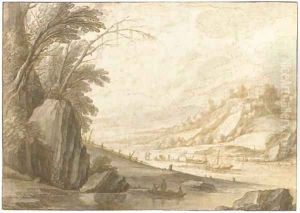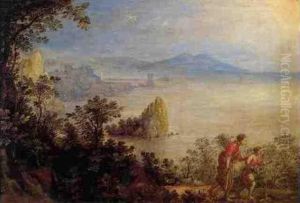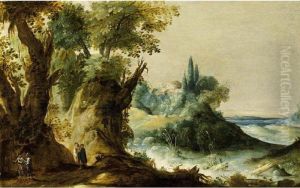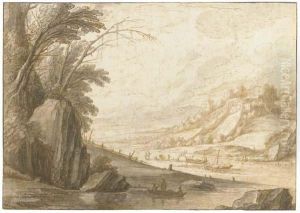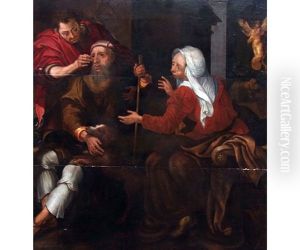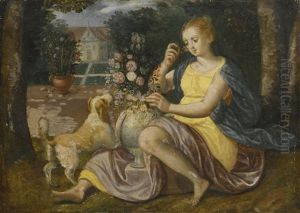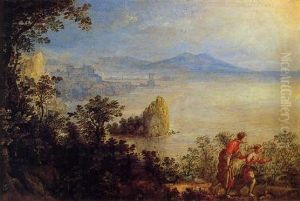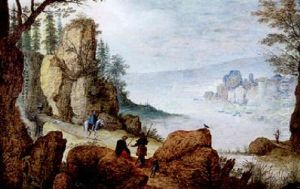Maerten De Cock Paintings
Maerten de Cock, also known as Maerten van Cleve, was a Flemish Renaissance painter active in the early 16th century. Born in 1496 in Antwerp, he was part of a family of artists; his brothers Hendrick and Matthys were also painters. De Cock is known for his religious works, altarpieces, and his contribution to the development of landscape painting.
During his lifetime, Antwerp was a thriving center of art and commerce, and De Cock was influenced by the works of Joachim Patinir, a pioneer in landscape painting. Although there is limited information about his life, it is known that he became a master in the Antwerp Guild of Saint Luke in 1520, which indicates that he was recognized as a professional artist by that time. His works often depicted biblical and mythological scenes, set against expansive and detailed landscapes, which showed a clear evolution from the more symbolic backgrounds of earlier Gothic paintings to a greater interest in naturalism and the environment.
Maerten de Cock's paintings are characterized by their vivid detail and use of color. He was skilled in creating depth and perspective, which allowed him to craft immersive and intricate landscapes. His compositions often included small human figures within these landscapes, providing a sense of scale and life. Unfortunately, De Cock's career was relatively short; he died at the young age of 36 in 1532. Despite his early death, his work had a lasting impact on the development of landscape painting in Northern Europe and he is considered an important figure in the transition from the late Gothic to the Renaissance style in Flemish art.
